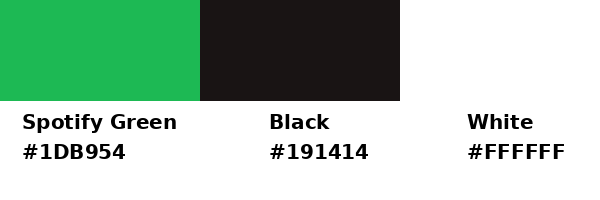The way your website looks isn’t just about design; it’s the first handshake with your audience. Studies show that users form an opinion about your website in just a few milliseconds. In this blink of an eye, colors are one of the first elements they notice. A carefully chosen color palette transforms your website, turning it into a visually appealing and memorable experience.
Whether you’re building a minimalist portfolio, a bold e-commerce platform, or a professional business site, your color palette sets the tone. It guides how users feel about your brand and how they interact with your content.
Why website aesthetics matter
Website aesthetics go far beyond making your platform “look pretty.” A well-designed website builds trust, enhances user experience, and encourages visitors to stay longer. According to a Stanford study, 94% of users say a website’s design is a significant factor in determining trustworthiness.
Color palettes are a foundational aspect of this aesthetic. They unify your design, ensuring a consistent and professional look. For example, a cohesive color scheme tells visitors that your brand is thoughtful and polished, while a mismatched palette can convey disorganization or carelessness.
The role of color palettes in design
A color palette is more than just a collection of hues; it’s the framework that dictates how your website looks and feels. It includes primary colors that dominate your site, secondary colors for accents, and neutral tones for balance. When chosen wisely, these colors work together to create visual harmony.

Psychology of colors and aesthetic appeal
Colors aren’t just about visuals; they evoke emotions, influence perceptions, and even guide behavior. This is the essence of color psychology—a principle that can transform how users interact with your website.
Common color associations:
- Blue: Trust, professionalism, and calmness.
- Red: Energy, urgency, and passion.
- Green: Growth, balance, and health.
Best practices for choosing a palette
Understand your brand
Your colors should represent your brand’s identity and core values. A tech company might opt for innovative blues, while a creative agency could lean into vibrant, playful tones.
Know your audience
Research your target audience’s preferences. Younger users may favor bold, energetic colors, while older audiences might appreciate muted tones.
Use color theory
Apply principles like:
- Complementary Colors: Opposites on the color wheel (e.g., blue and orange) create vibrancy.
- Analogous Colors: Neighboring colors (e.g., green and teal) offer a calming effect.
- Triadic Colors: Three evenly spaced hues (e.g., red, yellow, blue) provide balance.
Limit your palette
Stick to three to five colors. Overusing colors can overwhelm users and dilute your branding.
Tools to help choose a palette
Several tools simplify the process of crafting a harmonious palette:
- Adobe Color : Generate combinations using principles like complementary or analogous schemes.
- Coolors: Quickly create palettes with a user-friendly interface.
- Canva Color Palette Generator: Upload an image to extract a palette inspired by it.
Common mistakes to avoid
Even with the best intentions, these mistakes can derail your design:
- Using too many colors : A cluttered palette confuses users. Less is more.
- Ignoring contrast : Low contrast between text and background makes content hard to read. Always ensure accessibility by testing color contrast.
- Following trends blindly : Trends may look appealing but could be short-lived or irrelevant to your brand.
- Overlooking accessibility : Ensure your palette accommodates users with visual impairments. For example, use more than color to differentiate interactive elements.

Your website’s color palette is more than a design choice—it’s a strategic tool that influences how users perceive your brand. A cohesive, well-thought-out palette can elevate your site’s aesthetics, evoke the right emotions, and create a memorable experience for visitors.